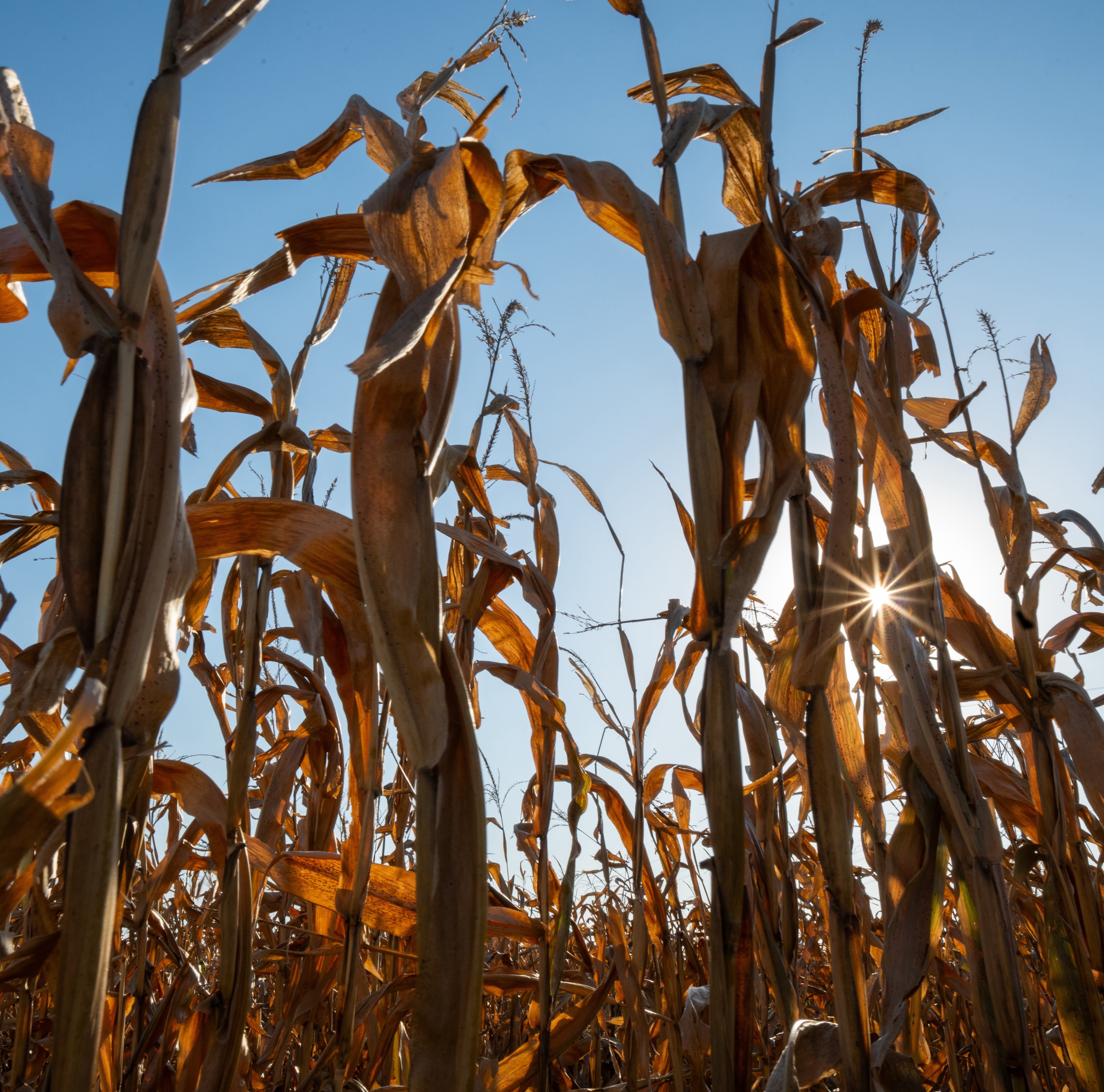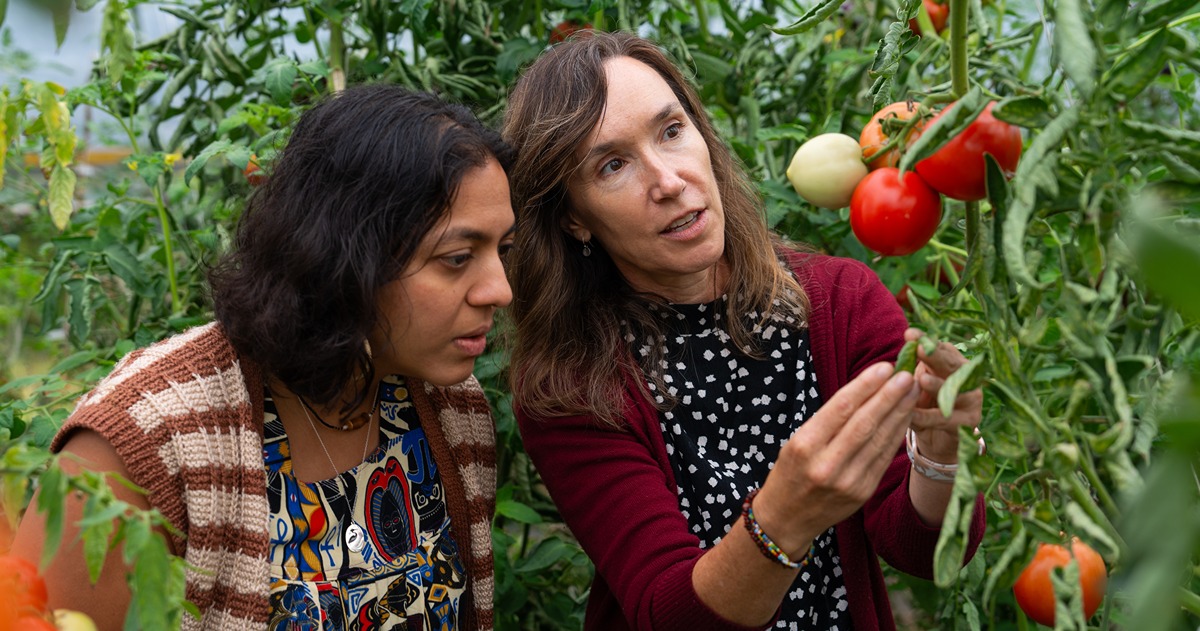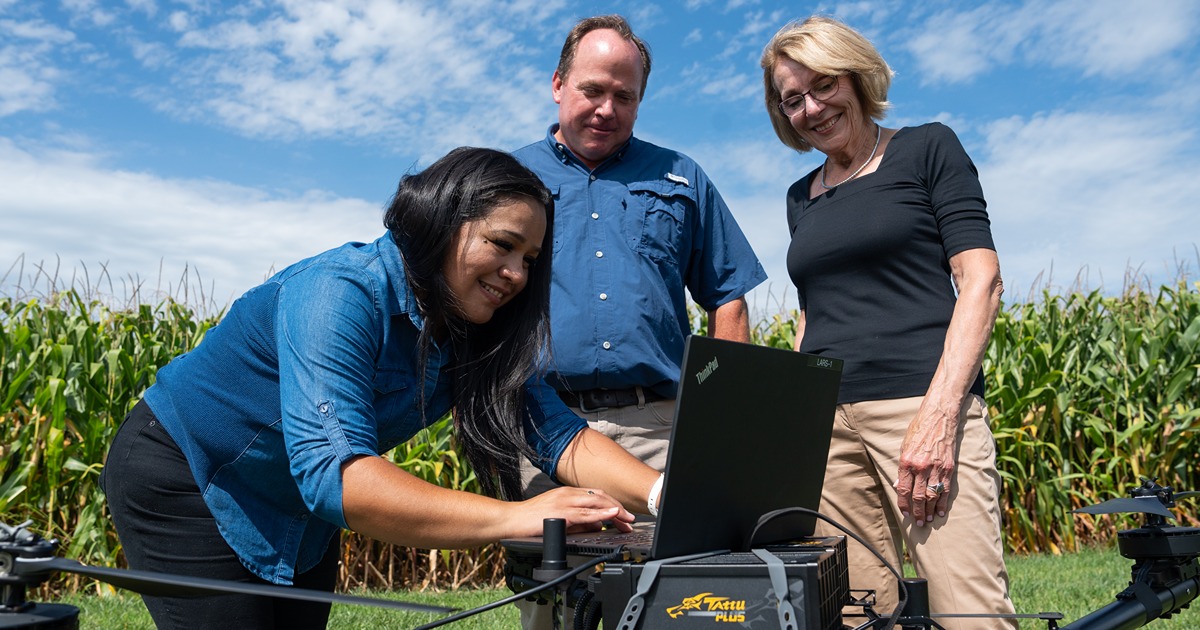Pricing for Local Markets
The growth of local food movements offers farmers economic opportunities to access attractive markets for fresh locally-grown crops, such as farmers markets. Farmers markets, a key outlet for beginning and smaller growers, are considered the centerpiece of local food systems. These markets connect food producers and consumers and provide important economic benefits to farmers. Producers selling locally can access farmers markets closer to their operations which reduces production costs, their profits are often returned back to the community, they are more likely to keep the land in farming, and contribute to community development. While Indiana farmers can take advantage of the economic opportunities from selling directly to consumers, they face a dearth of decision tools to make choices regarding pricing and markets, while also providing a reasonable profit.
Information on pricing and product quality requirements are generally available for farmers with enough volume to enter wholesale markets. One of the tools available for these larger farmers is the price monitoring of wholesale markets, a USDA-AMS investment in local food systems initiatives. Pricing information helps larger farmers overcome risk and uncertainties, define marketing strategies, and save time and money when accessing mainstream markets. On the other hand, Indiana small farmers face the lack of pricing and sales information regarding Indiana’s farmers markets. These farmers usually have to walk down the market aisles to define prices, assess potential profitability, and determine market feasibility.
Funded by an AgSEED project in 2017, the Purdue Horticulture Business started collecting and generating weekly price reports of over 500 specialty crops sold through 11 farmers markets located in 5 Indiana counties. The project has reached over 10,000 visitors from 47 states through its website and provided data for 4 peer-reviewed extension publications, 5 newsletter articles, over 25 annual market reports, and 7 workshops and 3 webinars that reached growers, buyers, market managers, and Extension educators.
Website: https://www.purdue.edu/hla/sites/hortbusiness/
Publications: https://www.purdue.edu/hla/sites/hortbusiness/publications/





